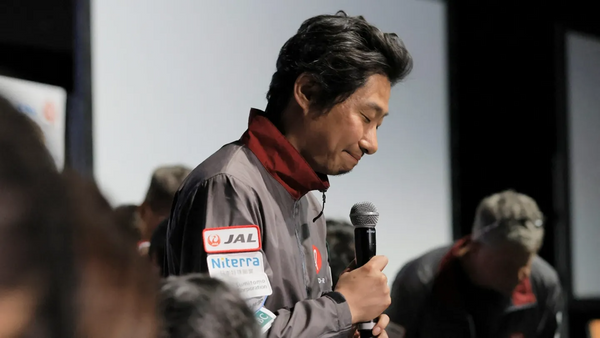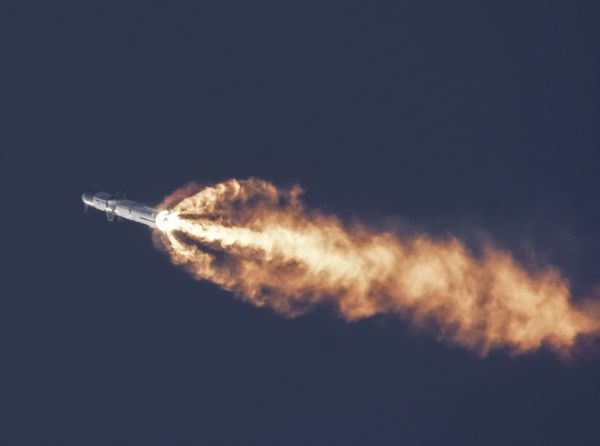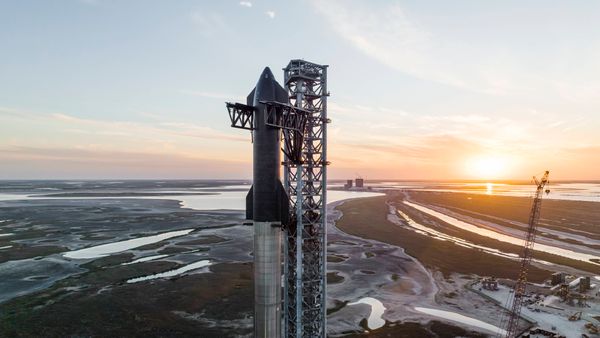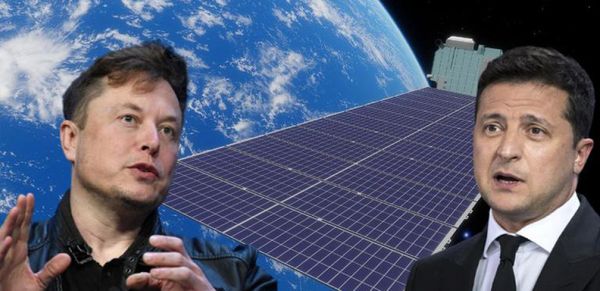NASA is one giant step closer to getting the James Webb Space Telescope (JWST) fully operational. The agency successfully unfolded JWST’s final gold-coated mirror wing on Saturday, ending its two-week-long deployments of 50 major features and one of the riskiest and most challenging maneuvers in space. The mission crew still needs to align the telescope’s optics by moving the primary mirror’s segments, which will take another month, but all signs show that the $10 billion spacecraft is in good shape. JWST will now spend about two weeks reaching its final destination, a stable position in orbit around the Sun called the L2 Lagrange point.
Zoom In: The tennis-court size James Webb Space Telescope was launched on December 25 from Europe’s Spaceport in French Guiana with an Arianespace Ariane 5 rocket, where it was neatly folded up. First proposed in 1996 and after experiencing years of delays, the telescope has finally embarked on its million-mile journey into solar orbit to collect data and observations about deep space and the early days of the universe (roughly 100 million years after the Big Bang when the first stars formed). JWST will also study black holes, observe some of the oldest galaxies in the universe, and evaluate the habitability of various exoplanets.
#NASAWebb is fully deployed! 🎉
— NASA Webb Telescope (@NASAWebb) January 8, 2022
With the successful deployment & latching of our last mirror wing, that's:
50 major deployments, complete.
178 pins, released.
20+ years of work, realized.
Next to #UnfoldTheUniverse: traveling out to our orbital destination of Lagrange point 2! pic.twitter.com/mDfmlaszzV









